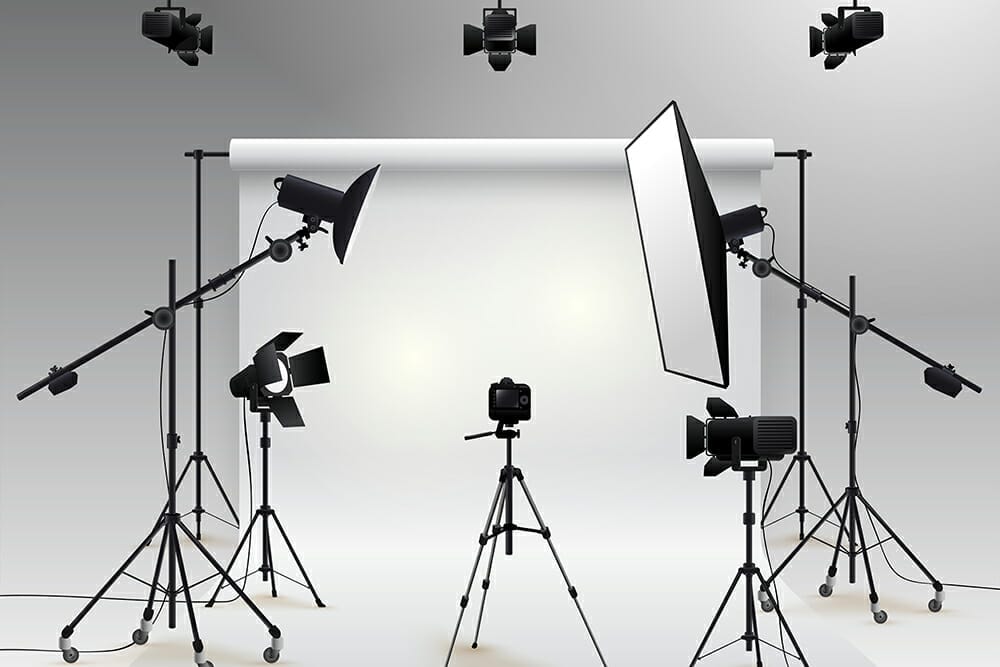What Type of Lighting is Best for Food Photography?
The art of food photography is as much about lighting as it is about styling and composition. Understanding what type of lighting is best for food photography can make a significant difference in achieving that mouth-watering appeal. In this article, we will delve deep into the various lighting techniques ideal for capturing stunning images of food.
From natural light to artificial setups, the choices are endless. Professional photographers must grasp these subtleties to enhance their food photography skills effectively. In this guide, we will explore not only the different types of lighting available but also tips and tricks that can elevate your photography.

The Importance of Lighting in Food Photography
Without a doubt, the best photographers know that lighting is crucial in bringing out the textures and colors of dishes. Proper lighting can bring out the sheen of sauces, highlight fresh ingredients, and add depth to your images. Additionally, good lighting helps set the mood and atmosphere, allowing viewers to feel the warmth of a cozy kitchen or the freshness of a gourmet restaurant.

Types of Lighting Suitable for Food Photography
Natural Lighting
Natural light often provides the best results for food photography. Soft, diffused daylight creates an appealing aesthetic that makes food look tempting. Taking your shots near a window during early morning or late afternoon can yield beautiful results. Here are tips to maximize natural lighting:
- White reflectors: Utilize white reflectors to bounce light back onto the dish, evening out shadows.
- Cloudy days: Shooting during overcast conditions can provide soft, diffused lighting that highlights textures.
Artificial Lighting
While natural light has its advantages, artificial lighting allows greater control over your photography environment. Types of artificial lighting include:
- Softboxes: These are ideal for creating soft light that mimics natural conditions, reducing harsh shadows.
- LED panels: They offer consistent light output and can be adjusted in terms of color temperature.

Overcoming Common Lighting Challenges
Every photographer faces challenges, especially with lighting. Here are common issues and how to tackle them:
Harsh Shadows
While shadows can add depth, they sometimes become overwhelming. To manage harsh shadows, you can:
- Position reflectors strategically to bounce light onto shadowed areas.
- Use a diffuser or sheer fabric to soften light hitting the subject.
Inconsistent Color Temperature
Color temperature inconsistency can ruin your foodie shots. To ensure uniform color:
- Use white balance settings on your camera to match light sources.
- Stick to one type of lighteither natural or artificialto maintain consistency.

Combining Lighting Techniques
Professional photographers often mix natural and artificial light for optimal results. Utilizing both types can create dynamic and inviting images. You might want to:
- Employ window light while filling in shadows with an external light source.
- Adapt your lighting setup based on the subject matter, such as using warmer lights for rustic dishes.
Setting Up Your Food Shots
Once you have your lighting figured out, the next step is setting up your shot. Here are some best practices:
- Consider your background: Use backgrounds that complement the food without distracting from it.
- Angle matters: Play with different angles to see how lighting interacts with the dish. Overhead shots can work wonders with even lighting.
Post-Processing: Enhancing Your Lighting
Editing plays a crucial role in food photography. Through post-processing, you can:
- Adjust exposure and contrast, enhancing highlights and shadows.
- Fix color balance issues that may have occurred during shooting.
For more details, you can check out studio photography lighting.
Frequently Asked Questions
1. What time of day is best for food photography?
The best time for food photography is during early morning or late afternoon when the light is softer and more flattering.
2. Can I use artificial lighting for indoor food photography?
Yes, artificial lighting is a great choice for indoor settings, especially with controls over intensity and placement.
3. How can I prevent reflections in my food photos?
To reduce reflections, position lights at an angle and adjust your shooting position to eliminate undesired highlights.
If you're looking for more on lighting equipment, check out that article.
As an Amazon Associate, I earn from qualifying purchases.

